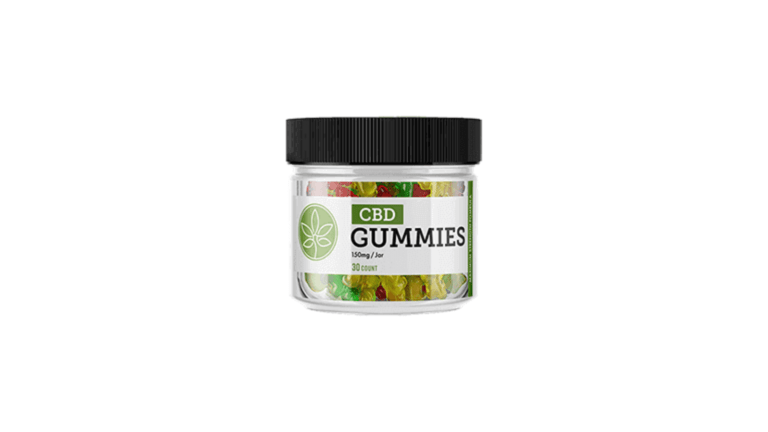Physical Therapy As Treatment For Chronic Pain – Facts To Know!

Pain in our body is a common occurrence, but when it does not want to go away all hell breaks loose. You need to understand that it is a symptom of a big issue and therefore, do not neglect this. Otherwise, it can cause a major injury in your body which can potentially be permanent in some cases. In research of the National Institute of Disease Control and Prevention, it is shown that in the United States alone more than 100 million people are affected by chronic pain.
Treatment Of Chronic Pain With Physical Therapy -Interesting Facts
Globally, around 20 to 30 percent of people suffer from chronic pain. Though it has no universal cure, you can mitigate the pain with the help of a healthy diet and multiple therapeutic treatments currently available around you that are effective. One of such therapies is physical therapy and it is highly effective, with some extensive clinical research backing it.

What Is Chronic Pain :
Firstly, we need to know what chronic pain is. According to the National Institute of Neurological Disorders and Stroke, chronic pain remains active for months, even sometimes for years. When the pain begins to rise, it instantly impacts our daily life. Commonly chronic pain affects the backside or some specific muscle groups. This type of pain may come coupled with an infection or illness. However, chronic pain can start even when there is no report of the past health issue.
Reasons Behind Chronic Pain :
When you want to start treatment of chronic pain, you should pinpoint the source of your pain. For example, someone who is suffering from tissue damage may feel a lingering painful sensation in that area. The reason could be anything like falling from somewhere or an accident in the past, obesity, poor posture, nerve damage, after surgery, fibromyalgia, rheumatoid arthritis, hernia, muscle or ligament damage. Lists are endless when we discuss the reasons behind chronic pain. It is needed to address the actual issue as soon as possible so that the pain can be managed and subsided. Some previous health issues may increase the risk of damage to muscle and similarly to joints. However, some recent reports disclose that many frightening treatments exist (like opioids) for chronic pain.
Why Physical Therapy :
There are multiple treatments available for chronic pain. Some of those are exercises, meditation, massage, acupuncture, and lots of other treatments. Although physical therapy as a treatment for chronic pain can be an optional choice for mild pain, when you have long-term chronic pain then Physical therapy is one of the best choices for you to reduce pain on a long-term basis.
When pain becomes chronic or lasts longer than three months, it can impact mood, sleep, activities, and even relationships. Often in chronic pain conditions, the pain can be nonspecific, it can move around so you don’t always have pain in the same place. A physiotherapist will see you on a one-to-one basis and assess you to work out a treatment plan that works best for you individually by addressing the key physical, psychological and environmental factors which impact your daily movement, function, and quality of life.
The sessions you need to do in physical therapy are-
- Low-impact aerobic training
- Stretching (Assisted or by self)
- Yoga
- Some routine free-hand exercises
Your physiotherapist may suggest one or all of the aforementioned sessions, Some even go creative with new and innovative sessions, but it really varies from case to case.
Other Helpful Treatments :
There are several other effective and healthy ways to care for pain besides physical therapy. Here are some of those –
- Proper medical attention – Everyday pain is usually managed by over-the-counter medications, mainly ibuprofen, aspirin or acetaminophen. But, when pain is a bigger problem and starts to impact your life, getting a prescription from a doctor for medication can be effective and safe.
- Thoughts and feelings matter – Stress from things such as responsibilities, financial obligations, and conflict in relationships can make pain feel worse and last longer. If you can work on changing those situations, it will be immensely helpful for you.
- Relaxation and meditation – Mindfulness exercises or self-hypnosis can help people control and reduce their pain. Remember, pain is more than just the existing injury.
- Healthy life choices – How we live our lives and what decisions we make can impact our pain. High stress or physically demanding jobs, poor nutrition, an inactive lifestyle, and quality of sleep all influence the way we feel pain.
- Banish stress from your life – The stress a person carries at the time of an injury makes a difference in his or her pain experiences, and stress can make pain worse. Decreasing stress may reduce pain significantly.
- Physical activity is a must – Too much or too little physical activity can actually cause pain in the first place and often factors in to how long it lasts.
- Avoid drugs – It’s also important to know that using alcohol, non-prescribed drugs, or too many prescribed opioid can cause even more problems.
Healthy activities, exercises, and taking safety measures can relieve you from pain. Managing pain usually includes some combination of these treatments rather than just one.
Conclusion :
As we know, there’s an opioid epidemic on our planet, with many physicians and patients thinking that strong medication is the only answer to chronic pain. Physical therapists can offer specific evaluations to assess the problem and provide stretches and exercises that will help alleviate chronic pain.
Some pains linger and other pains don’t. Some pains are intense and we don’t even know why. Talk to your physiotherapist or a physician. Making an informed choice about how to work with your pain can make all the difference in the world. Also, you need to help educate others suffering from chronic pain on how to avoid the harmful activities that actually made their pain worse and try to get them doing more positive things to help it get better.
PainPathways Magazine
PainPathways is the first, only and ultimate pain magazine. First published in spring 2008, PainPathways is the culmination of the vision of Richard L. Rauck, MD, to provide a shared resource for people living with and caring for others in pain. This quarterly resource not only provides in-depth information on current treatments, therapies and research studies but also connects people who live with pain, both personally and professionally.
View All By PainPathways





